As ministry leaders, we need to know the basic information about service dogs vs. therapy dogs vs. emotional support dogs so that we are providing our churches with accurate information and creating a welcoming and safe environment for all.
Listen now in your favorite podcast app!
Quick Links:
If you enjoyed this episode, you may also like:
041: Reimagine with Beth Golik
036: Acceptable and Accessible Churches with Chris Hulshof and Sandra Peoples
013: Disability-Inclusive Event Checklist with Beth Golik
Transcript:
I’m Beth Golik, one of the cohosts of Key Ministry: The Podcast, and today we’re going to talk about dogs. Actually, first I’m going to tell you about my own very good boy, Rigby. Rigby Golik is our nearly 13-year-old Golden Retriever. He is laid back—borderline lazy actually—friendly and loyal. You’re probably going to want to check out the show notes for this episode on keyministry.org/podcast to see his picture.
Super handsome. Anyway, like I said Rigby is a good boy. But you know what he isn’t? He isn’t a service dog, so even though he’s pretty well-behaved and often wears a harness that looks a teeny tiny bit like a service dog’s vest when we take him for walks, he does not have the right to go to places where dogs are not allowed.
But some dogs are allowed in church.
A few years back I was talking with a pastor who was dealing with a situation that involved a member of the congregation bringing a dog into the church service…a dog that would bark and cause distractions. There was a lot of confusion surrounding how to deal with the situation and the pastor confided to me, “They didn’t teach us this in seminary.”
So let’s talk about dogs in church!
As ministry leaders, we need to know the basic information about service dogs vs. therapy dogs vs. emotional support dogs so that we are providing our churches with accurate information and creating a welcoming and safe environment for all.
When it comes to service and support animals, specifically dogs, there are three terms we need to be familiar with: service dogs, therapy dogs, and emotional support dogs.
The first category is Service Dogs:
A service dog is individually trained to support a specific person with a disability.
Examples of service dogs include:
-
guide dogs who help blind people navigate their surroundings.
-
There are service dogs who are trained for people with epilepsy to detect seizures and help their handlers remain safe or are trained to get help when a seizure is occurring.
-
Signal dogs alert their deaf handlers to sounds such as knocking on a door or a person entering a room. Service dogs can be trained to retrieve objects for wheelchair users.
-
Psychiatric dogs are trained to detect and lessen the effects of a psychiatric episode.
-
An Autism assistance dog helps their handler, who is on the spectrum, distinguish important sensory signals from other sensory input, such as recognizing a smoke alarm. They can also signal their handlers when they detect overstimulation or repetitive behaviors.
All of those are examples of service dogs. They are very well-trained, even though there isn’t a national formal, legal identification process with documentation. Service dog access is protected under the ADA. But, like many other aspects concerning the ADA, there is a bit of a gray area when it comes to churches.
The next category we need to define is therapy dogs:
-
Therapy dogs are trained to provide comfort to a large number of people.
-
There are no national regulations governing therapy dogs, but they should be trained, insured, and licensed by the nonprofit organization through which they are volunteering.
-
You’ve seen or read about therapy dogs who serve in hospitals, schools, and disaster sites.
The third category is emotional support dogs:
-
Their job is to provide comfort to a particular person.
-
There is no specific training and no national regulations.
-
The internet may try to sell you documentation to allow you to bring your emotional support dog places, but it’s not legit. A few years back there were stories of people bringing all kinds of animals on flights—including pigs and miniature horses—saying they were emotional support animals and not pets. Airlines no longer have to accept any animals other than service animals on flights, although a limited number of airlines will allow emotional support dogs.
Unlike service dogs, therapy dogs and emotional support dogs do not have public access per the ADA.
Unfortunately, some handlers and pet owners have taken emotional support dogs who lack proper training into places and situations where they shouldn’t have. The problem this creates is twofold: an untrained dog can harm a trained, working service dog. Also, an untrained dog can cause people and businesses, including places of worship, to make judgments about legitimate service dog teams. When that happens, the person with a disability is being denied access or has the undue burden placed on them to advocate for access, especially when it happens in the church setting which, as we mentioned, isn’t regulated by the ADA.
Let’s focus on actually trained service dogs:
-
Service dogs must be leashed when working unless it interferes with their ability to perform their task.
-
They must be under control at all times.
-
Many wear vests that identify them as service dogs, but vests or identification are not required.
-
Because their job is to assist the person with a disability, they are not to be touched by anyone except the handler, just like you should not touch someone’s medical equipment or wheelchair.
Because service dog access is protected under the ADA, there are only two questions a place of business can ask the handler of an animal that appears to be a service dog.
-
They can ask the yes or no question: is the dog a service animal required because of a disability?
-
And, they can ask: what work or task has the dog been trained to perform?
They cannot ask about the person’s disability and they cannot ask to see a demonstration of the dog performing the task.
Even though churches are exempt from ADA regulations, we as disability ministry leaders are working to make our churches—including our buildings—more accessible to all.
That includes accommodating handler and service dog teams.
I encourage you to take a few minutes to watch the March 2023 Disability Ministry Video Roundtable that we hosted on the subject of Service Dogs vs. Therapy Dogs vs. Emotional Support Dogs. You will hear firsthand from those with lived experience how they need their service dog in order to be able to fully participate in worship and be an active, contributing member in their church family. I’m putting the link to that video in the show notes because I think you’ll appreciate the perspective and why this is a topic that church leaders need to be educated on so that they can make informed decisions when it comes to dogs in church.
Thank you for joining me for this episode of Key Ministry: The Podcast, where we learned about the difference between service dogs, therapy dogs, and emotional support dogs. And you got to hear about my good boy, Rigby.












